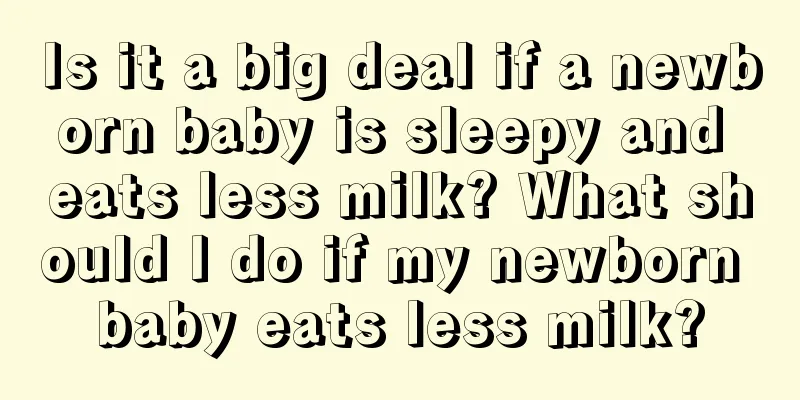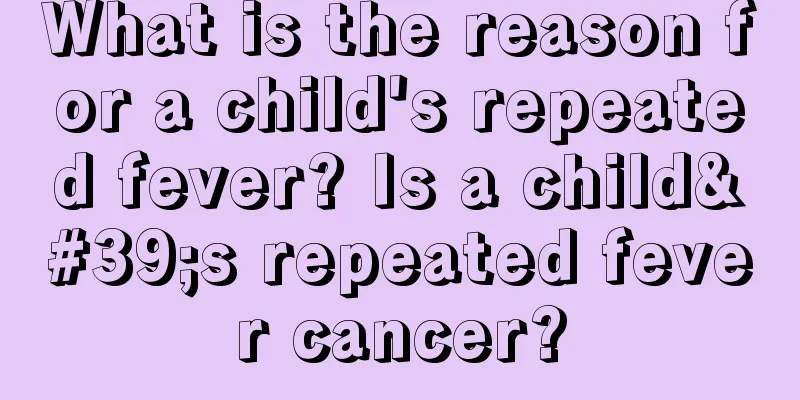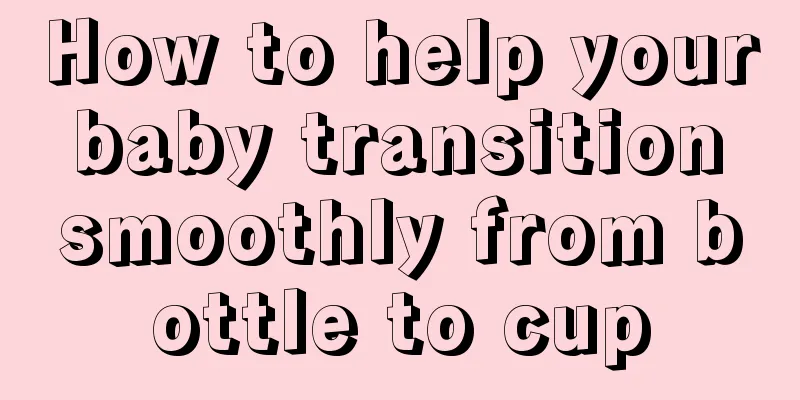What causes the baby's XO leg shape abnormality?

|
Why do children's legs have different shapes? Some infants and young children may have inward or outward feet, or even O-shaped legs or X-shaped legs! Parents often ignore this part of the problem. In fact, many leg diseases are too subtle to be noticed. Causes of different leg shapesCaused by pregnancy conditions: During pregnancy, the fetal position, amount of amniotic fluid, fetal sequence and weight, etc. may all have an adverse effect on the fetus's leg shape.Observe and check more: Careful observation is more important than anything else, so that you can know whether there is any abnormality at the first time. In addition to relying on the doctor's professional judgment and examination, parents should pay special attention to some positions and grasp the key time points to correct the child's leg shape.Points for parents to pay attention to: The legs of infants and young children have not yet fully formed, so parents should pay more attention to the situation. If the child complains about pain frequently, or walks in a strange way, or complains about leg pain after walking a short distance, these are all things that parents can observe on a daily basis.Legs that are turned inward or outwardShape flipping: Many children are born with their feet or legs turned inward or with the entire foot turned inward to the center of the body. Of course, occasionally the child's feet and legs will automatically return to their normal position. External force can correct: Sometimes just a slight pull with your fingers may return the baby to the correct position. If the baby can easily return to the normal position, it is a physiological state of in-and-out valgus. Sometimes external force can be used to correct the baby's legs and feet, which will help the baby's legs and feet return to the normal position. O-shaped legs and X-shaped legsForm ExpressionThe so-called O-shaped legs are when the knees are turned inwards symmetrically. When infants and young children grow to between one and a half and three years old, the shape of their legs will gradually change to turn outwards, which looks like X-shaped legs. Warm reminder: When a baby is born, his legs may be O-shaped due to being bent for a long time. Physiological abnormalitiesBasically, unless the angles of the feet and legs are bent too large, it can be considered an abnormal physiological condition of the body. This type of situation will gradually return to normal as the child grows older, and parents do not need to worry too much. Go to hospital for treatmentIf parents really want to know whether their child's bow legs are serious enough to require treatment, they can take their child to the hospital for relevant tests, such as using X-rays to check whether the child's knees are bent too much. Otherwise, just continue to observe. Slow developmentIf the angle of the child's leg bending does not change drastically, but as the child grows older, other conditions such as sitting and crawling become more backward and slow, or even often falls when walking, then you need to pay attention to whether there is a problem of lagging motor development. |
<<: What are the benefits of DHA supplementation for babies? What to eat to supplement DHA
>>: How to effectively reduce behavioral problems in young children
Recommend
Can floral water be sprayed directly on the body? What should be paid attention to when using floral water in summer?
In summer, you can often see people using toilet ...
How much weight is normal for a newborn baby to gain in one month?
Newborn babies usually weigh 5-8 catties. In the ...
What to do if a pregnant woman has inverted nipples?
There are many things that pregnant mothers need ...
At what age should children's sex education begin? When is the critical period for children's sex education?
Children's sex education is really a very imp...
What is the appropriate water temperature for a baby bath in summer? What is the appropriate water temperature for a baby bath in summer?
In the hot summer, many parents bathe their babie...
What does whooping cough mean? Is whooping cough contagious?
The "whooping cough" in "whooping ...
What should you pay attention to in the early stages of pregnancy? What should pregnant women supplement?
I wonder if you have any knowledge about pregnant...
Which cheese is suitable for babies? Look for original cheese
Cheese is a high-calcium food, and it tastes good...
Sharing of successful experience in preparing for pregnancy
Young couples who want children have tried their ...
Frontal photo of Xiaohua sister Recent photo of Xiaohua sister
The editor has seen a lot of sad news during this...
How to treat insufficient milk after childbirth? Five treatment methods for you to choose
The most embarrassing thing about feeding a baby ...
Introduction to family parent-child games for young babies. What are the parent-child games suitable for young babies?
Introduction to family parent-child games for you...
Can I drink milk powder for pregnant women during breastfeeding? Is it good to drink milk powder for pregnant women during breastfeeding?
Whether it is during pregnancy or breastfeeding, ...
What are the symptoms of a baby startling? How to soothe a baby's startle reaction?
When babies startle, mothers think they are frigh...
What should I do if my baby snores and drools while sleeping?
Babies snoring and drooling while sleeping are a ...









